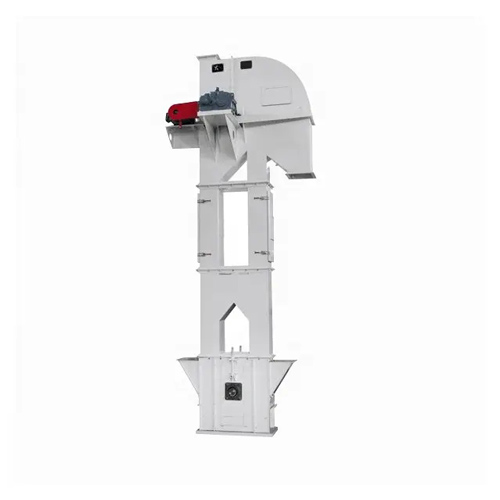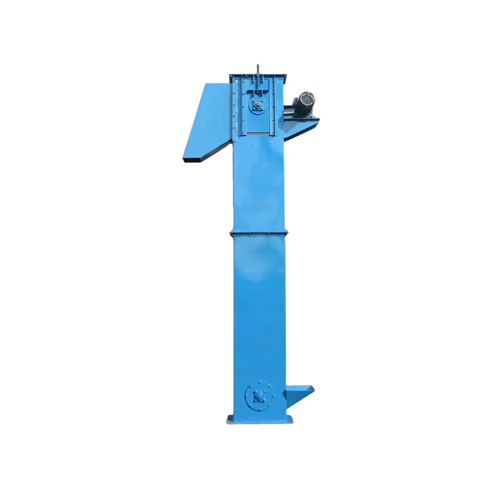Bucket Elevator for Dry Mortar Plant
Tuesday July-25 2023 11:42:03
Introduction of Bucket Elevator for Dry Mortar Plant
Bucket elevator for dry mortar plant is a kind of equipment used to transport dry powder mortar or other granular materials from a low place to a high place. It is composed of hoist host, bucket-type traction assembly, feeding pipe and discharging port and other parts. During operation, the main engine fixes the bucket device on the chain plate with the bucket through the traction assembly, then lifts the material from the bottom to the top, and then unloads the material through the discharge port. The equipment has the characteristics of stable operation, large conveying capacity, wide application range and easy operation. It is widely used in the conveying process of dry powder materials in construction, metallurgy, chemical industry, electric power and other industries.

Working Principle of Bucket Elevator for Dry Mortar Plant
The working principle of the bucket elevator is to fix the bucket on a ring-shaped or groove-shaped chain through a rod chain to form a bucket elevator chain, and drive the chain to run along the casing through the driving device to realize vertical or inclined conveying of materials. The material enters the bucket from the feed port, and with the movement of the chain, the bucket and the material are lifted to the target position, and then fall down by gravity.
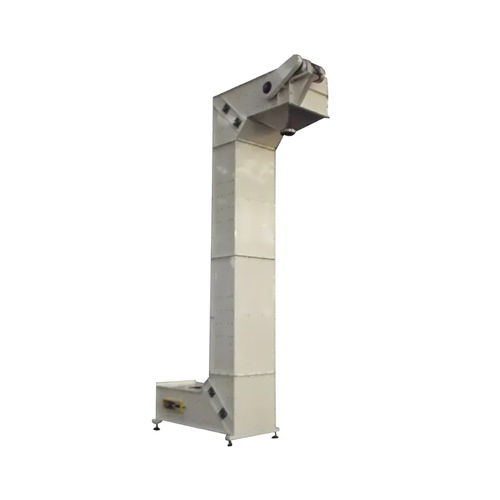
Advantages of Bucket Elevator for Dry Mortar Plant
1. Strong conveying capacity: Bucket elevator for dry mortar plant has a large conveying capacity, which can meet the needs of most material conveying.
2. Vertical conveying: It can realize vertical or large inclined conveying of materials, and use space more efficiently.
3. Simple structure and high reliability: Bucket elevator for dry mortar plant has a simple structure and is easy to install and maintain. The transmission parts are all inside the casing, which is not easily affected by the external environment.
4. Gravity unloading: After the material is lifted to the target position, it will fall naturally due to the action of gravity, which saves the unloading link of other equipment.
5. Wide application range: it can be used for material transportation in mining, metallurgy, chemical industry, building materials and other industries.
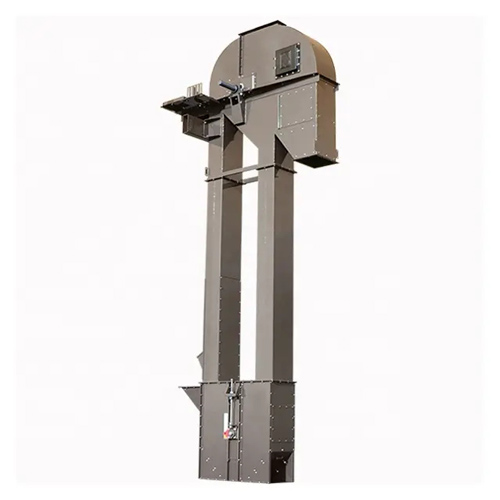
Application of Bucket Elevator for Dry Mortar Plant
1. Dry mortar production line: Bucket elevator can be used for raw material transportation and finished mortar transportation of dry mortar production line.
2. Cement plant: Bucket elevators can be used for conveying raw materials and unloading clinker in cement plants.
3. Coal mines: Bucket elevators can be used for loading and unloading in coal mines.
4. Chemical plants: Bucket elevators can be used to transport powder and granular materials in chemical plants.
Steps of Bucket Elevator for Dry Mortar Plant
1. Turn on the power switch of the bucket elevator to ensure that the equipment is powered on.
2. Adjust the bucket hoop of the bucket elevator to ensure that the bucket hoop is clamped tightly.
3. Put the dry powder mortar that needs to be lifted into the bucket of the bucket elevator to ensure that the bucket is full.
4. Press the lift button to start lifting the dry mix mortar. The lifting speed can be adjusted as needed.
5. When the dry mix mortar reaches the target height, press the stop button to stop lifting.
6. Open the bucket hoop and pour out the lifted dry powder mortar for subsequent processing or use.
7. Turn off the power switch of the bucket elevator to complete the operation.
It should be noted that the bucket hoop must be clamped tightly during operation to prevent leakage or overflow of dry powder mortar. At the same time, operators should remain vigilant to detect and resolve possible failures or abnormal situations in time.
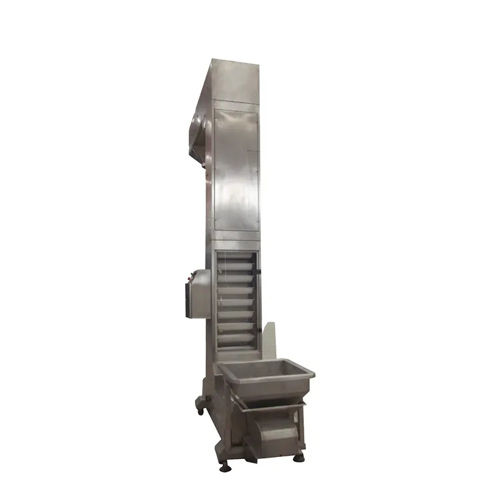
Summary: Bucket elevator for dry mortar plant has the advantages of simple structure, strong conveying capacity, and high reliability, and is suitable for material conveying in many industries. It is widely used in dry mortar production lines, cement plants, coal mines, chemical plants and other scenarios.
